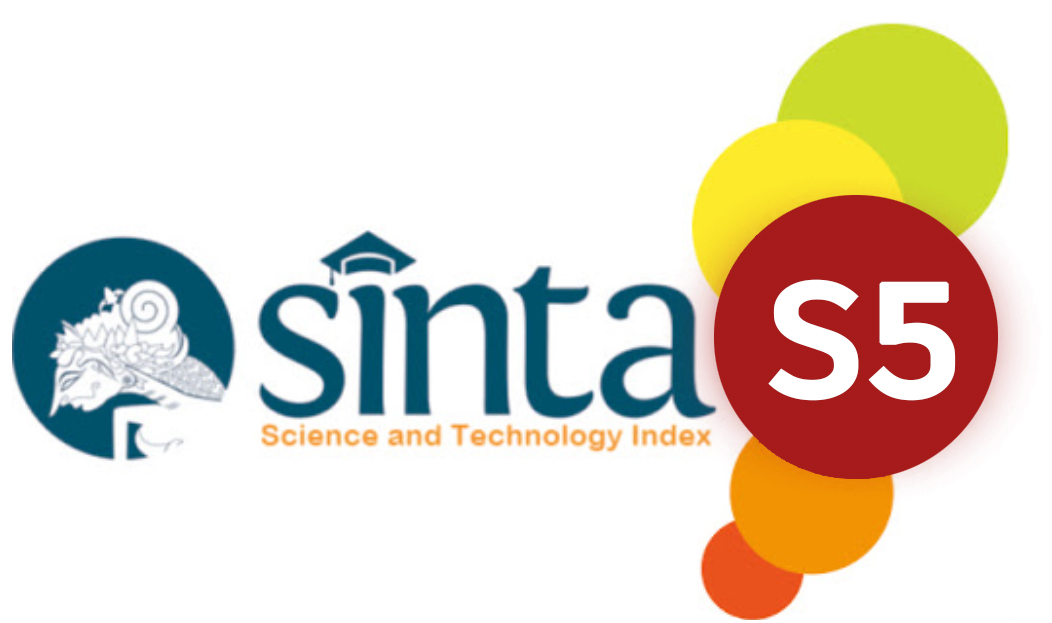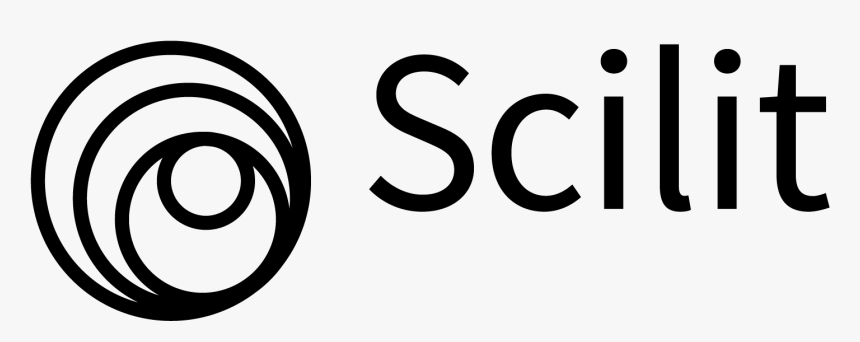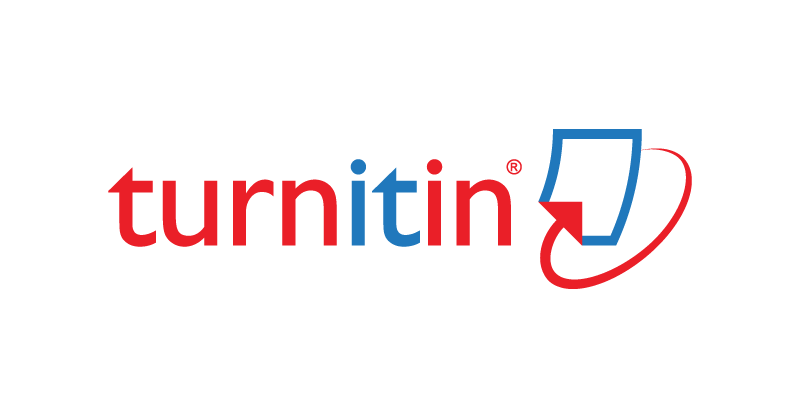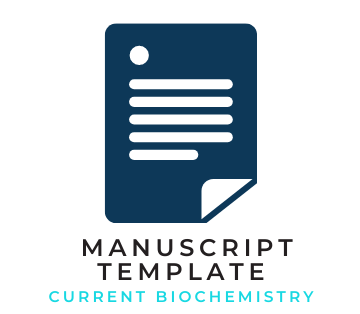Characterization and Bioactivity Test of Pectin from Musa balbisiana Peel Extracted using Various Acid Solvents
Abstract
Banana (Musaceaea) is one of the highest production fruits in Indonesia, which amounted to 7,162,685 tons in 2017. Banana peel waste produced can reach 40% of the total production of fresh bananas. Kepok banana peel contains a lot of nutrients and pectin. Pectin levels in banana peel ranged from 1.92% to 3.25% of dry weight. This study aims to characterize pectin from kepok banana peel (Musa balbisiana) extracted using nitric acid, citric acid, and HCl and screening potential of pectin bioactivity based on LC50 values. The highest pectin yield was obtained from extraction using pH 4 citrate buffer which was 3.68 ± 1.23%. In general, the characteristics of the best pectin from kepok banana peel are pectin extracted with HNO3 pH 4 with methoxyl degree 3.74 ± 0.34%, galacturonate content 87.64 ± 8.36%, and esterification degree 24.24 ± 0.098%. Based on the LC50 value the pectin extraction results can be classified into two, namely commercial pectin and pectin HCl pH 1.5 which is low bioactivity (LC50 > 100 ppm), and pH 4 HNO3 pectin and pH 4 citrate buffer pectin which has high bioactivity (LC50 ≤ 30 ppm).
Keywords: Cytotoxicity, galakturonat, kepok banana pectin, methoxyl
Copyright (c) 2019 Current Biochemistry

This work is licensed under a Creative Commons Attribution-ShareAlike 4.0 International License.












